
 What is Solar Activity?
What is Solar Activity?
Solar activity ↗ means the Sun is acting up—sending out bursts of energy like flares and charged particles that can mess with radio signals. This activity is caused by a helical dynamo in the sun's core and a chaotic dynamo near the surface that generate the sun's magnetic field.
The main solar phenomena associated with HF radio propagation on Earth are:
- Sunspots last from a few days to a few months; the number of spots varies in 11-year solar cycle ↗ (a deterministic chaos↗)

Figure 1: Sunspots - Flares ↗ last from tens of seconds to several hours.
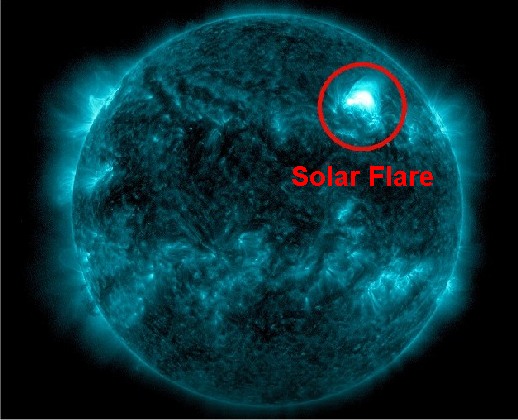
Figure 2: Solar flares - Solar wind ↗ propels energetic particles ↗.
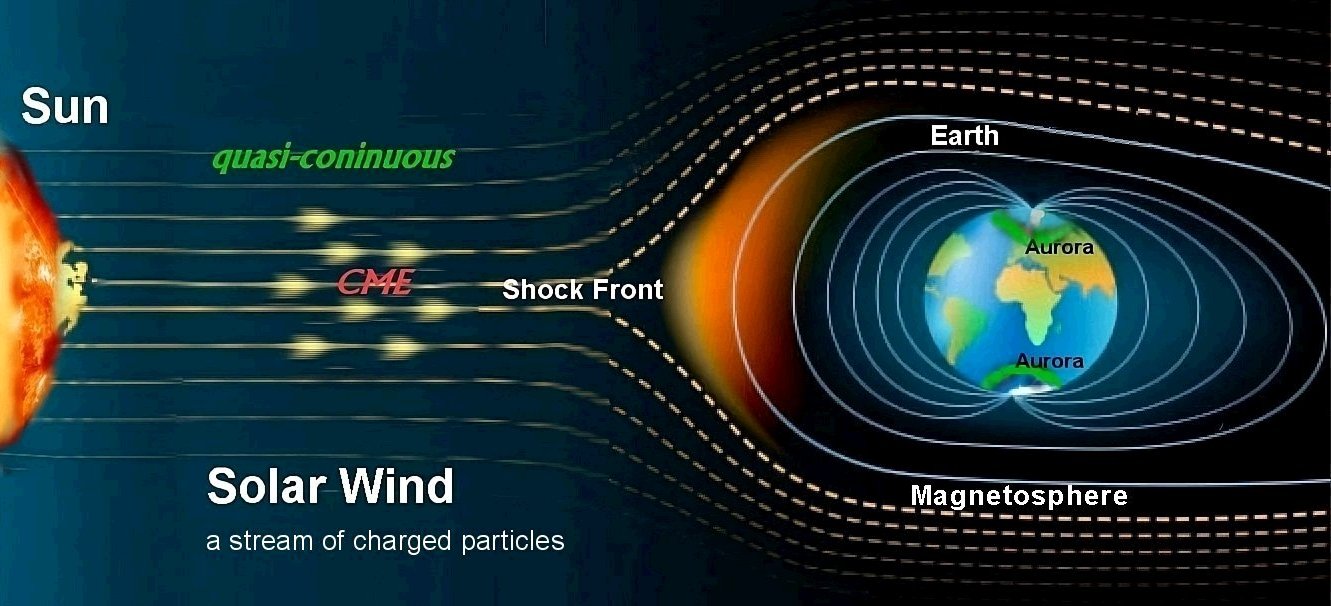
Figure 3: Solar wind - CME - Coronal mass ejections ↗
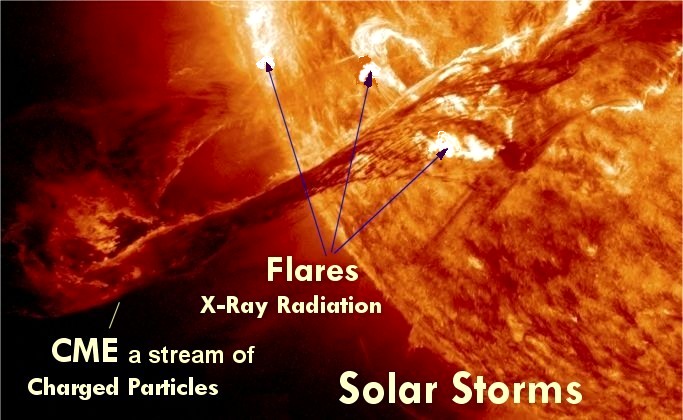
Figure 4: Coronal mass ejection part of solar storms
Image credit: NASA, Aug. 2012; captions added by 4x4xm.
Figure 5: Coronal mass ejection part of space weather
Solar regions?
Observations of solar activity include diagnosis by region. ↗
These regions are areas on the surface of the Sun where strong magnetic fields are present, often associated with sunspots. These regions are where solar flares typically occur, as the magnetic energy builds up and is released suddenly, resulting in explosive events.
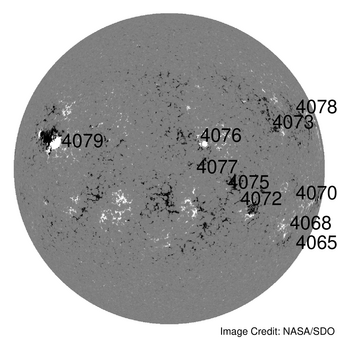
Figure 6: The current active solar regions
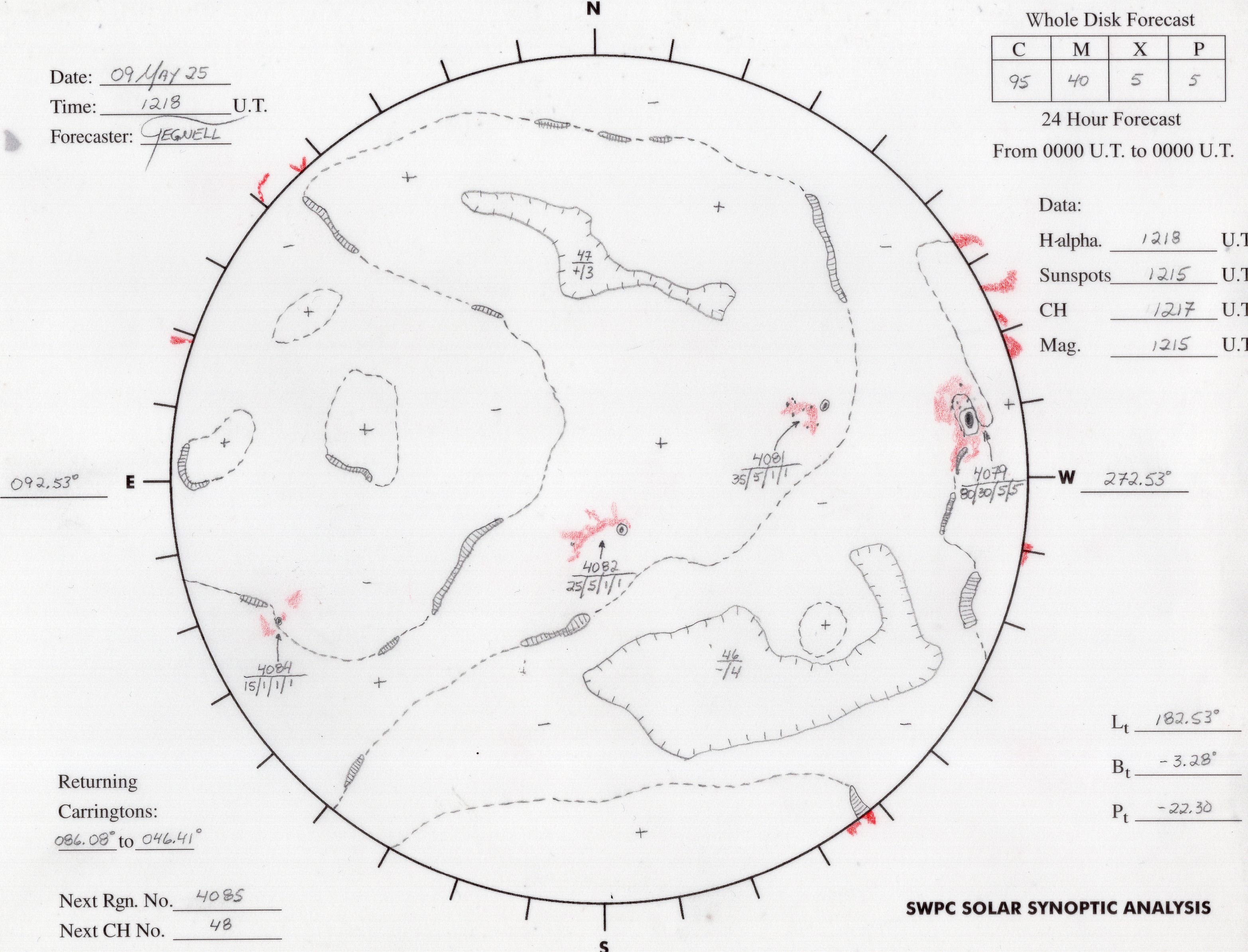
Figure 7: The current a synoptic map of solar regions
Overall, solar activity is an important field of study for scientists and has significant implications for a range of technologies and systems that rely on reliable communication and power distribution. Solar monitoring and prediction is therefore an important area of research, and various instruments and satellites are used to monitor solar activity and provide early warning of potential disruptions to the Earth's environment.
shows near-real-time indices and explains what the terms mean.